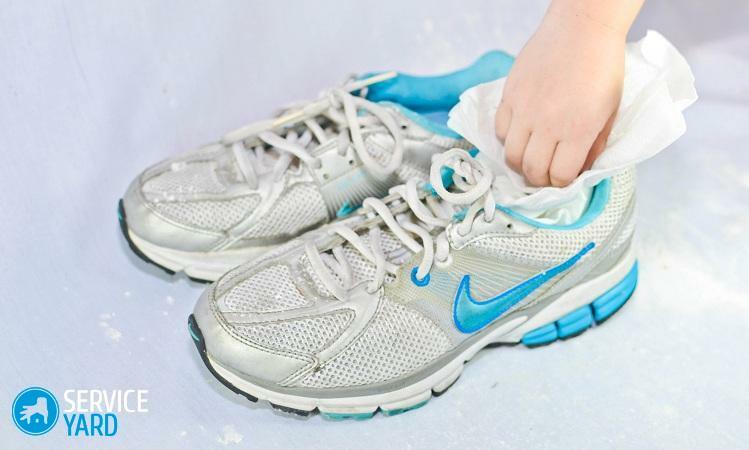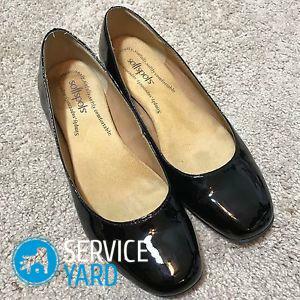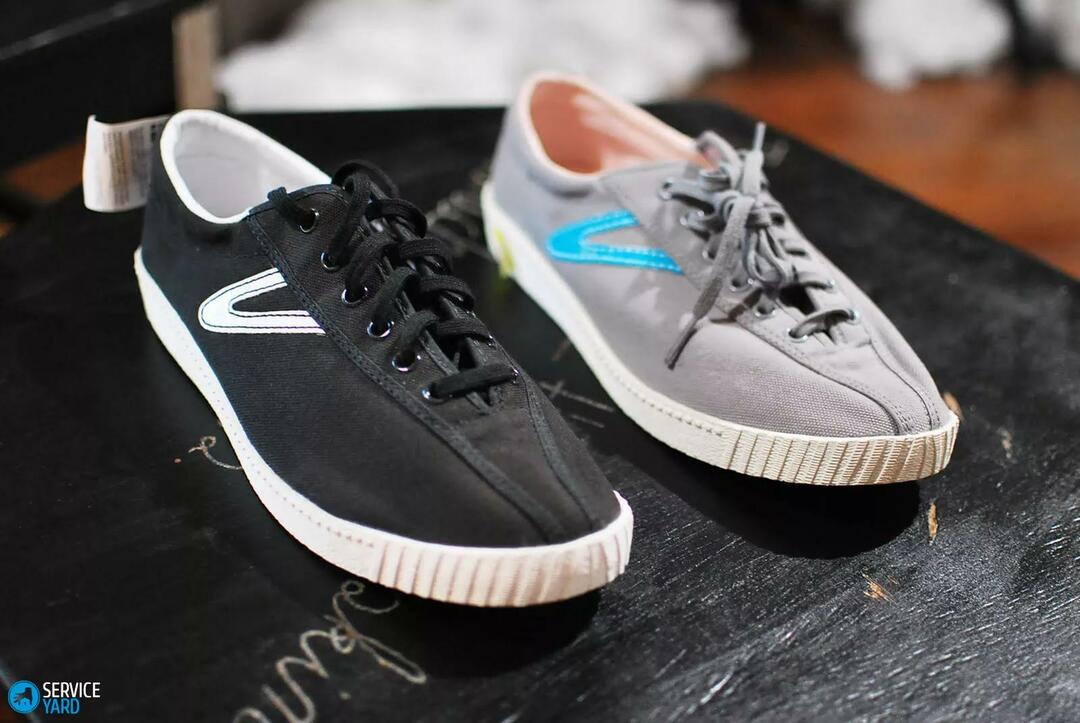Often the temperature conditions in the home directly affects the weather outside. But not for those people who had a foam wall insulation at home. Such material is very popular, inexpensive, popular due to the excellent quality teplosohraneniya. In this article we will talk about how to properly insulate the walls of the house and spend the finishing.
Why polystyrene?
Foam as an insulation until it has acquired unparalleled in efficiency and popularity. It perfectly preserves the heat in the room. Choosing foam for interior or exterior cladding, you get the best insulation. As the external trim foam proved through impact resistance and resistance to drastic changes in temperature.

Key benefits:
- low water uptake;
- low heat loss;
- easy cutting;
- excellent sound insulation.
When choosing a foam should pay attention to the characteristics of the material such as the presence of flame retardant additives, and the content of incombustible carbon in the pores of the grains.
Previously, the foam was used rarely because it could settle the mouse or he release hazardous chemicals. Currently, the material is safe because the manufacturing process it is added antiseptics, fungicides and flame retardants. These compounds provide protection against rodents foam preclude ignition and do not rot.
Despite all the charm of the foam, the process of insulating walls inside the building has some disadvantages:
- We have to completely free up room on the furniture and other items for insulation works.
- Room area Bude partially lost.
- In the room where the insulation is made, you need to allow ventilation.
During insulation works, we should pay attention to the main problem - condensation may occur, due to which the material will be wet all the time inside the insulation. As a result, at times reduced the amount of heat in the room. To avoid this problem, the film must be used with paroizoliruyuschim effect.

Related article - insulation of apartment inside and outside.
Despite these features, the foam does not lose its popularity. Of course, you can opt for a mineral wool insulation, but they differ a greater degree of thermal conductivity and moisture absorption, and therefore will last much less. In addition, this material is thicker, so conceals more useful space.
Foam insulation is also not a good option due to the need for a frame, and therefore the work will cost more. Penoplex similar in properties to the foam, however, this material is also not cheap.
preliminaries
Getting to work on warming the room from the outside and the inside, should prepare the tools. Having at hand the right set, you will work with the foam quickly and efficiently.
So, we need the following tools:
- Spatulas - scalloped and smooth;
- Dowel-bolts, dowels, nails with head and thermally insulated metal core;
- Drill or screwdriver, having a nozzle for mixing glue;
- Hacksaw with a fine tooth carpenter and a knife.
Important! dowel head must be insulated, or through the metal core will be cold.

For the production of thermal insulation works do not forget to prepare such materials:
- FIBERGLASS with reinforcing properties;
- primer which increases the adhesion;
- Styrofoam;
- Adhesive foam mixture and dry building components;
- vapor barrier film;
- wooden block, 40 mm thick. and a width corresponding to the value of plates;
- finishing.
By purchasing the material, take into account the area outside the door and window slopes. Before starting insulation inside the walls of the preparation should be made. First you need to clean the surface of the old paint, whitewash, oil stains, solvents, plaster residues.
Important! To find out where the plaster keeps badly, you need to tap the wall of a mallet.
Designated delamination plaster covered ground, serving to improve the adhesion, after which the mixture was applied to a fresh back. Plumb or level can be used to create a level surface. When the plaster has dried (check in accordance with the manufacturer's recommendations), its cover layer of soil, which has antifungal properties. Further it is possible to start the process of coating the walls of the insulation.
A detailed article about insulation of a frame house with mineral wool.
Step by step instructions within the insulation space
Many people do not know whether it is possible to insulate the walls of the foam inside. In fact, this unique material, which is recommended to be used practically everywhere.
Wall insulation foam inside the house is divided into 5 steps. If you do everything in order, then the result will surpass expectations.
Mounting frame

When the walls are ready to work, you need to make a wooden frame on which is mounted a layer of insulation. It is created from wooden bars that are nailed to the wall. The distance therebetween should be equal to the width of the foam slab minus 5 mm, since the installation is made vraspor. The construction of the frame must be taken into account doors, windows, heating and so on.
Important! The foam density for insulation must be from 15 to 25 kg per m3.
Mounting plates
When the frame is ready, you can start to fix the foam. Each plate should be covered with a solution of glue along the perimeter of the edge you need to pull back about 2 cm. Glue is applied not to strokes and dots. Further, the foam plate must be placed in a wooden box structure, and the goal with a convenient tool. When the glue is dry (after 3 days), the work can be continued.
The resulting seams between the plates and the slots must be properly repaired using residual materials, foam. Clay should not be used, since it will serve as a conduit between the cold insulation.
Dyubelirovanie
When the glue is completely dry, the plates should be fixed with dowels. On one plate of foam need about 5-6 elements. After ekogo film on the surface of deploying a vapor barrier and is attached by a stapler to its base.

Main article - how to insulate foam frame house.
Fastening reinforcing mesh
Installation of the grid must be done from the bottom-up. The back side of the foam coated with an adhesive layer which should not exceed 4 mm. Next the mesh is laid on the mixture, producing work on horizontal bottom-up, and it is pressed using a flat spatula into the composition.
finishing
When the glue is completely dry, the wall is necessary to once again cover the primer, then proshpaklevat and paint with acrylic paint, creating, if necessary, decorative finishes.
To finish the work as quickly as possible, it is possible to resort to another type of finish. We are talking about the use of drywall. In this case no reinforcing mesh.
When the vapor barrier film is attached to the material, the basis supplemented bars, whose cross section should be 25x40 mm, more attached drywall. Sutures material to be coated mesh construction and, if desired, the surface can be finished and filled.
Facing plasterboard - a very simple and beautiful way, however, since the area of the room is further reduced. If you finish the important work faster, the use of such material, of course, is more advantageous time.
The foam insulation for the outer walls

Foam for insulation of facades - the best solution, to create favorable conditions in the room. The first thing to do is to produce a training wall. At first look at them: Is there any visible defects? If there are holes or cracks, they should cover up with a solution. In the case of a sagging on the walls, they need to chop off. Also, it should advance to prepare a place for gas and water pipes and other communications.
The surface should be thoroughly cover the primer. If the walls of the houses are built of aerated concrete, require two coats. The first ball half diluted with water. Second layer - Apply the primer in the pure state.
Wall insulation foam outside the room includes the following stages:
- It is necessary to measure the wall of the house for their evenness. If there are differences of thickness, be sure to check them. In this case, the laser level can help or just a stretched string. At the bottom of the wall is necessary to make a mark, and then spend it on the line, along which will be laid layer of insulation.
- Prepare the glue. The dry mixture is diluted in water, following the manufacturer's recommendations relative proportions. The solution is easy to stir with a mixer or a drill construction at low speed with a special nozzle.
- Preparing a plate of foam for the first row. Cut material can Nichrome thread on a special table. If this equipment you do not, it is recommended to use a hacksaw with fine teeth.
- The first cover adhesive unit: perimeter conducting thin strip, pressing the mixture to foam trowel. Further increasing the amount of adhesive is that its layer thickness was not less than 25 mm. Several points agent is applied to the plate center (the number will depend on the size, the sheet size).
- heater plates mounted as bricklaying upper row is offset laterally relative to the bottom row, so that the vertical joints do not coincide. It is better if the distance is 15 cm, then the connection will not be cold conductors. Blocks foam need to firmly attach and fill gaps remains in material or assembly foam.

Note! The area of adhesive contact will depend on the thickness of the foam. Optimally, the adhesive will be 40-60% of the total thickness.
Warming corner has its own characteristics. On one face of the block must go beyond the wall by a distance constituting the thickness of the sheet, which is mounted on the second. The next row is changing the order of attachment of foam on the sides of the house. He will be the opposite. Inside corners are finished in exactly the same way.
After the end of the installation to the external walls of the house, it should produce a coating of the reinforcing grid, and then and plaster.
Thus, the process of warming the room inside and outside with the help of the foam is not difficult if you know all the details and make works in stages. Warm the room with his hands is realistic and feasible.



